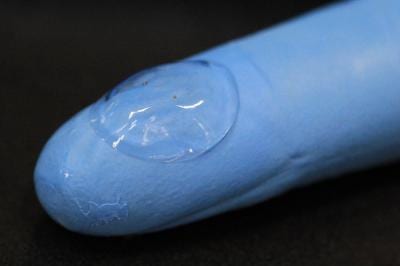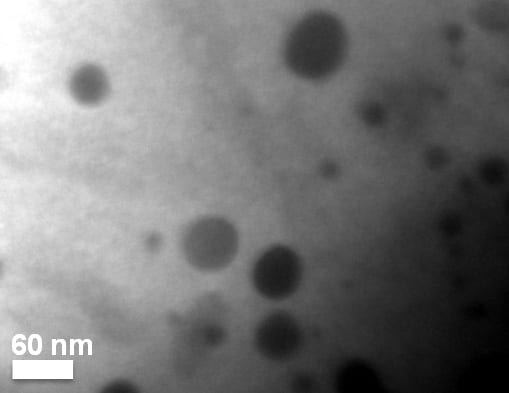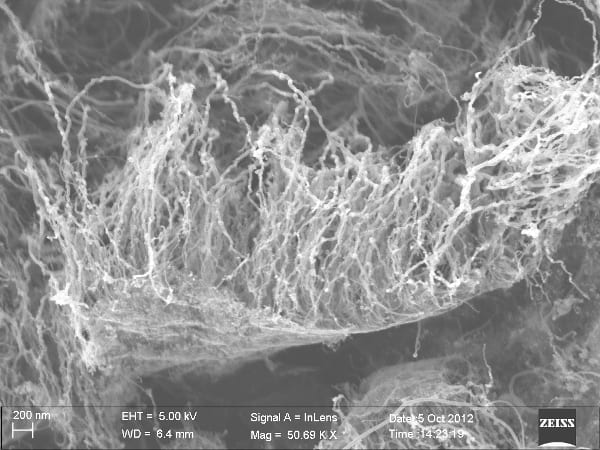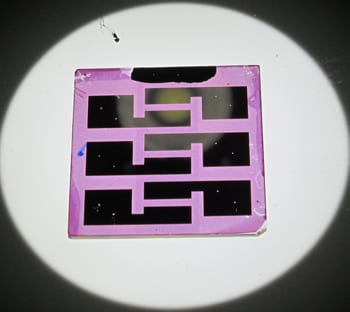Researchers at the University of Illinois have developed a new flow-based method for manipulating and confining single particles in free solution.


University of Pennsylvania team win funding for materials origami
Research could ultimately lead to a drug-delivery device, an emergency shelter, or even a space station.
Carbon monoxide discovery solves catalytic problem
Catalysts can stop working when atoms on the surface start moving – new work means this dance of the atoms could now be observed and explained.

Stretchable, transparent graphene-metal nanowire electrode
A transparent and stretchable electrode could open the new way for flexible displays, solar cells, and electronic devices fitted on a curvature substrate.

Buffalo researchers to examine hydrogen fuel production
Two scientists have received a grant from the Research Corporation for Science Advancement to devise a new method for gleaning hydrogen fuel from water.

Defective graphene is still strongest material
Researchers demonstrate that graphene made from many small crystalline grains is almost as strong as graphene in its perfect crystalline form.

Nanoengineering boosts heat to energy conversion
Nanoengineering boosts semiconducting material’s ability to convert heat into power by 200 percent and its electrical conductivity by 43 percent.

Nanotubes on graphene make the ultimate heat sink
A diamond film/graphene/nanotube structure was one result of new research carried out by scientists at Rice University and the Honda Research Institute USA.

Block copolymers make better solar cells
Solar cells created by laboratories at Rice and Pennsylvania State universities could open the door to research on a new class of solar energy devices.
BASF and SINOPEC consider further expansion of Nanjing joint venture
Companies considering expansion of existing ethylene oxide production and a new plant for neopentylglycol.
